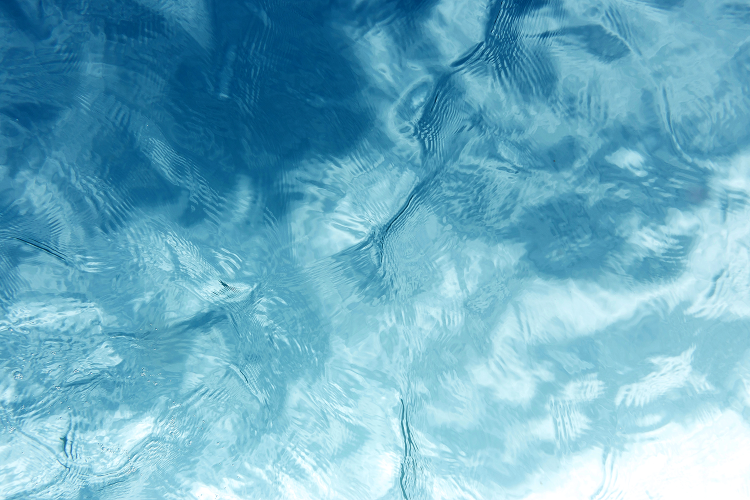Stand-alone live food diets, an alternative to culture and enrichment diets for rotifers

Abstract
In order to verify the hypothesis that a formulated live food diet could completely substitute any enrichment step, an existing rotifer culture diet was transformed to slowly release the enrichment components such as protein, fat, vitamins and minerals in non-suffocating concentrations. Nutrients being present at metabolizing concentrations allowed not only gut filling but also gradually enriched the tissue of the rotifers without consuming excessive oxygen or compromising health nor reproduction of the rotifers.
Similar growth and reproduction figures were registered with the traditional culture diet as with the stand-alone diet in a lapse of 9 weeks corresponding with 15 rotifer cycles and average FCR's of 1.0. The nutritional profile of the rotifers was similar to that of rotifers undergoing a classic enrichment for all major nutrients (protein, HUFA, vitamins) except for some slow enriching nutrients (i.e. taurine, Zn, Se) that could be incorporated successfully thanks to the long term enrichment approach.
Besides the nutritional advantage, benefits were noticed on the practical use of the diet (i.e. direct available enriched live food at any moment); the reduced amount of losses and handling of rotifers and the stability in the process thanks to a higher degree of standardization of the operations. These optimizations lead to less damage of the live food resulting in stronger and better quality rotifers.